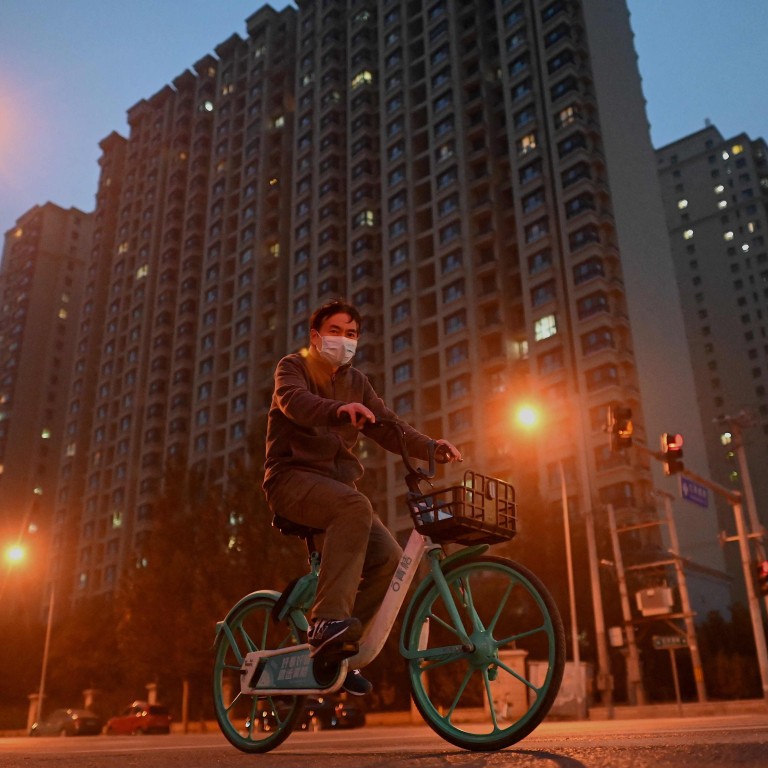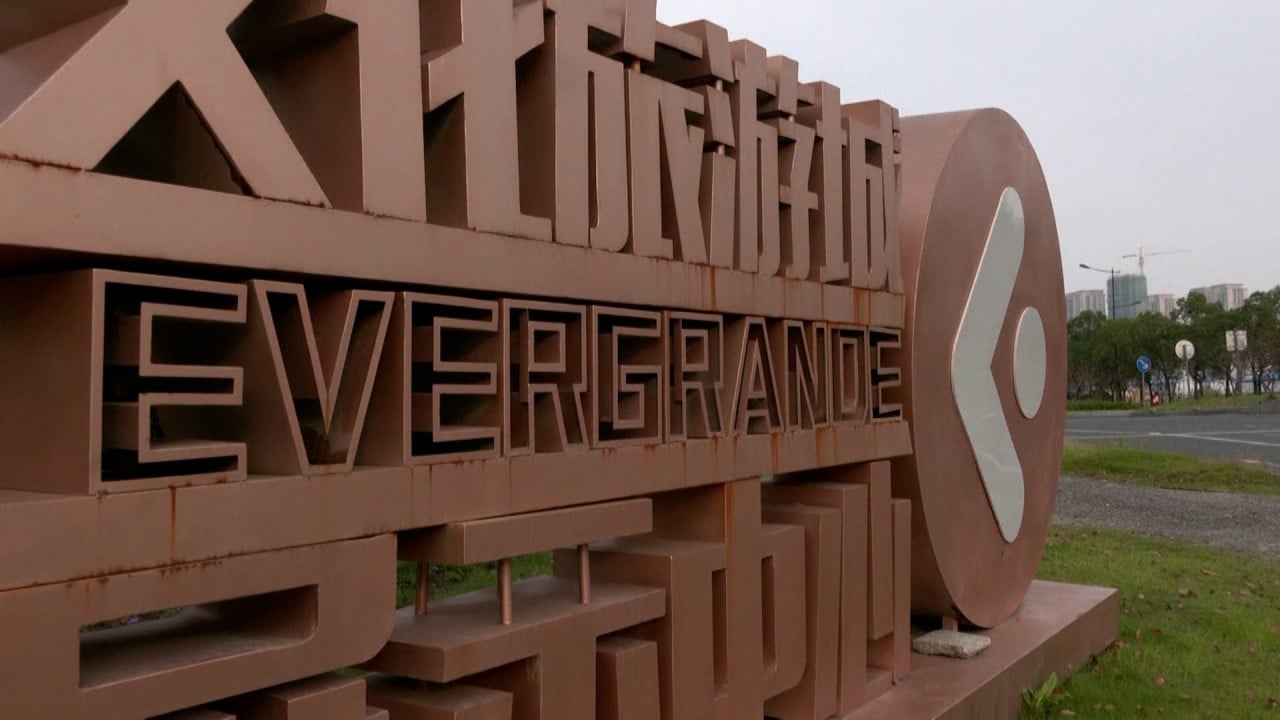
Why China’s property tax plan is a key pillar in its ‘common prosperity’ drive
- China’s property market has been a driver of wealth over the past two decades, but also a cause of inequality
- As part of its plan to even wealth distribution, Beijing will trial property taxes in certain parts of the country
The central government said last week it would tax land and property owners in an effort to boost housing affordability. Legally owned rural homes will be exempted from the pilot programme.
Property has been the most important wealth allocation mechanism in the past 20 years … and also the biggest source of unfairness
Chinese leaders have been discussing a tax on property – which accounts for most household wealth – since 2003, said Yi Xianrong, a former researcher with the Chinese Academy of Social Sciences.
“Property has been the most important wealth allocation mechanism in the past 20 years … and also the biggest source of unfairness,” said Yi.
“In reality, workers with a monthly salary of a few thousand yuan need to pay personal income tax, but those with millions of yuan worth of properties don’t need to do so.
“Common prosperity won’t be possible without the adjustment of property tax.”
China allowed private home ownership in 1998 after abandoning a Soviet-style planning model in which state-owned companies provided free accommodation. Over the next two decades, the real estate market became a key engine of growth.
China’s leadership has taken note of the problems and pledged to crack down on illegal and unreasonably high personal profits, adjust taxes on high personal incomes, capital gains, consumption, charitable donations and now property.
“We must prevent [income] polarisation and eliminate the unfairness of distribution,” President Xi Jinping said in a speech published earlier this month.
In the eyes of the government, “common prosperity” should create an “olive shaped” income distribution model, where the middle is large and the two ends are small. Although finer details are scarce, Beijing wants to see “more obvious and substantial progress” by 2035.
China’s Gini coefficient – a measure of inequality from 0 to 1, with 0 being perfect equality – fell to 0.468 last year from a high of 0.491 in 2008, according to the National Bureau of Statistics.
In 2016, the World Bank, which regards 0.4 as a red line, estimated inequality in China was 0.385, slightly lower than the United States.
Despite the slight improvement, property ownership remains the biggest driver of regional disparities, the urban-rural divide and inequality between urban households in China.
Property accounts for 59.1 per cent of urban household’s total assets and 75.9 per cent of their liabilities, according to a central bank survey of 30,000 households in October 2019. That is 28.5 percentage points higher than assets owned by American families.
About 96 per cent of those surveyed owned at least one property, well above the US level of 63.7 per cent. About 31 per cent of them had two properties, while 10.5 per cent owned three or more.

01:46
World’s most indebted developer, China Evergrande Group, buys time to repay more creditors
Investment bank UBS has estimated Chinese households have 170 trillion yuan (US$26.6 trillion) in property assets, more than 1.7 times that of national gross domestic product last year.
UBS chief China economist Wang Tao said a property tax is likely to be gradually enforced and contain exemptions, such as on first homes.
But she added: “There are many different reasons behind inequality, and a property tax alone can certainly not be expected to reduce it.”
Previous pilot programmes failed to drive down property prices. In Shanghai, China’s economic and financial centre, annual taxes against the value of second homes were a mere 0.4 per cent to 0.6 per cent. Chongqing municipality imposed a 0.5 to 1.2 per cent tax for existing stand-alone houses and high-end properties.
Li Gengnan, a financial expert and Sina.com columnist, said the new property tax would, at the very least, weed out “fake low-income groups”, referring to people who report low incomes or claim unemployment status, but own many properties.
“As property is one of the most outstanding obstacles to social fairness and common prosperity, such a tax would be the most market-oriented and effective measure to adjust the high-income population,” he wrote in a note on Monday.
However, Li warned other property policies such as mortgage and purchasing restrictions also need to be looked at, as they hurt first homebuyers and enlarged the gap between rich and poor.
“Once the tax pilots report desired results, it could become a regular macro-control tool and gradually replace all sorts of administrative tools,” he said.

